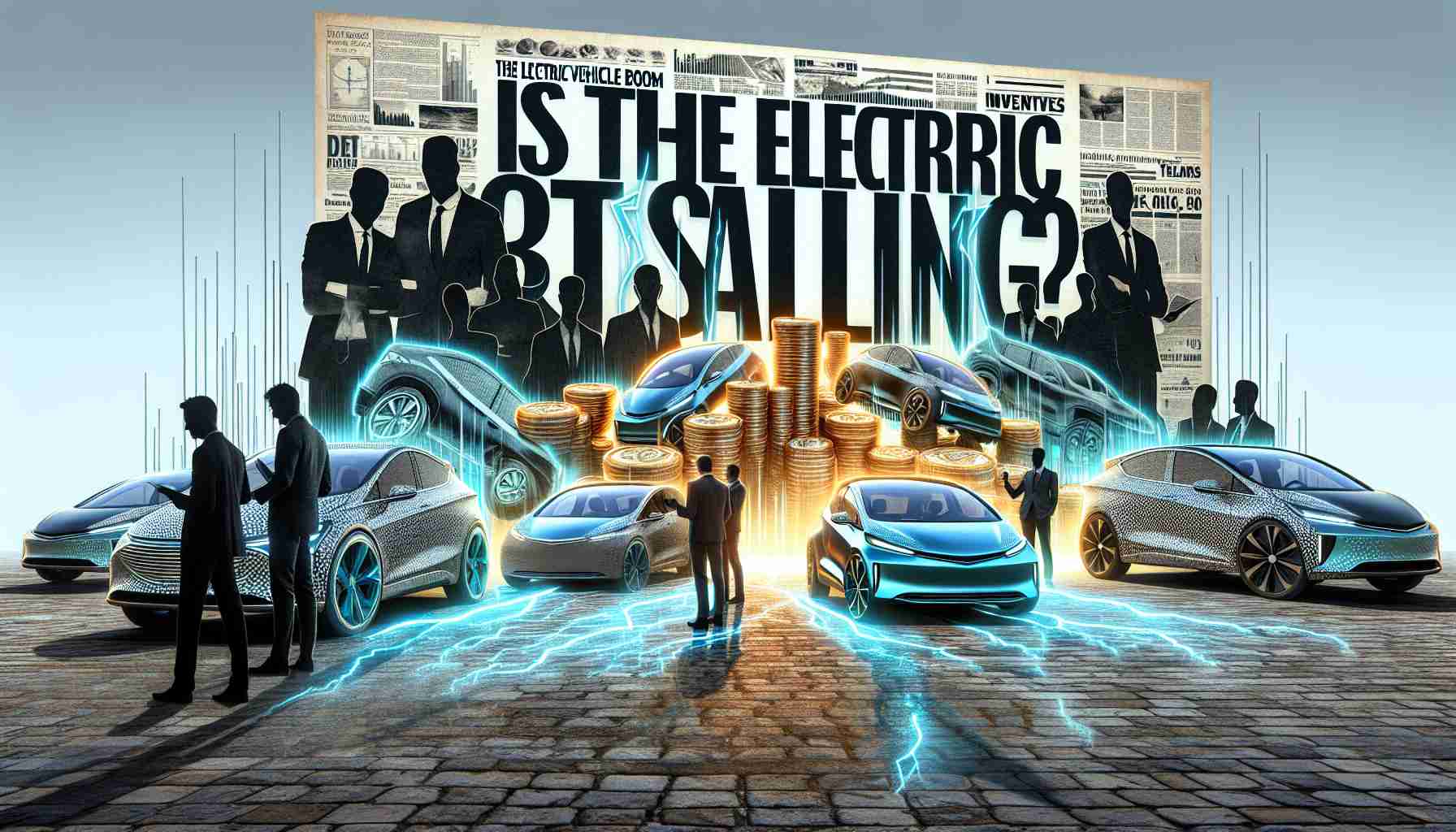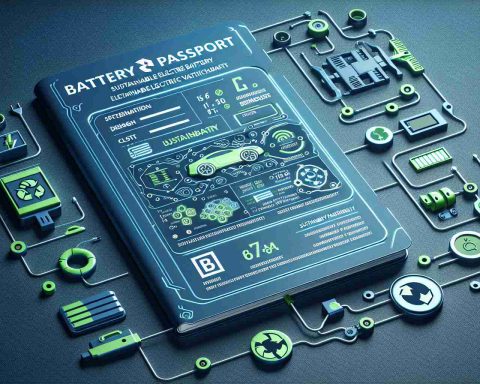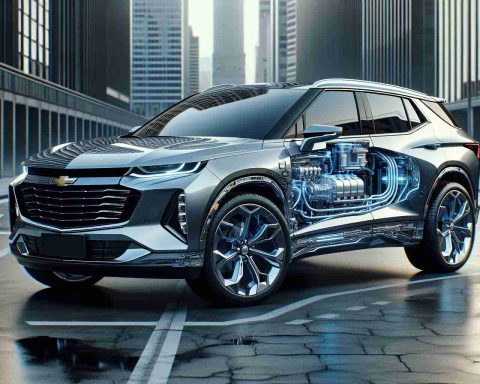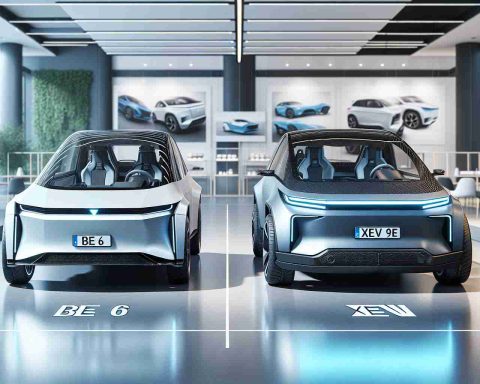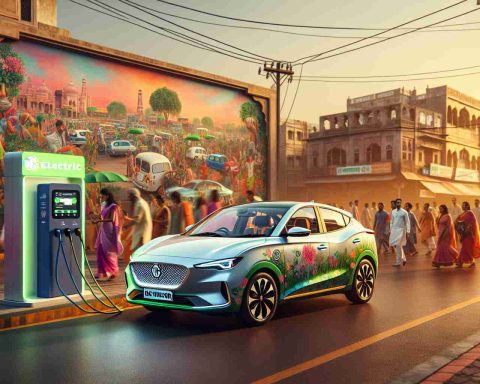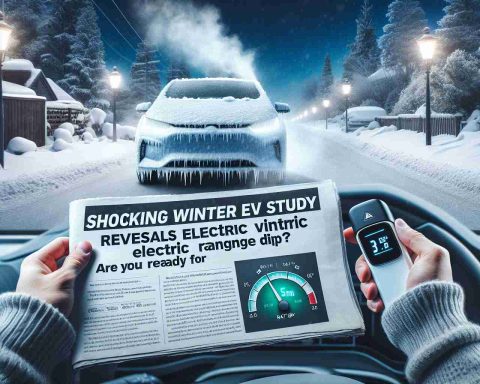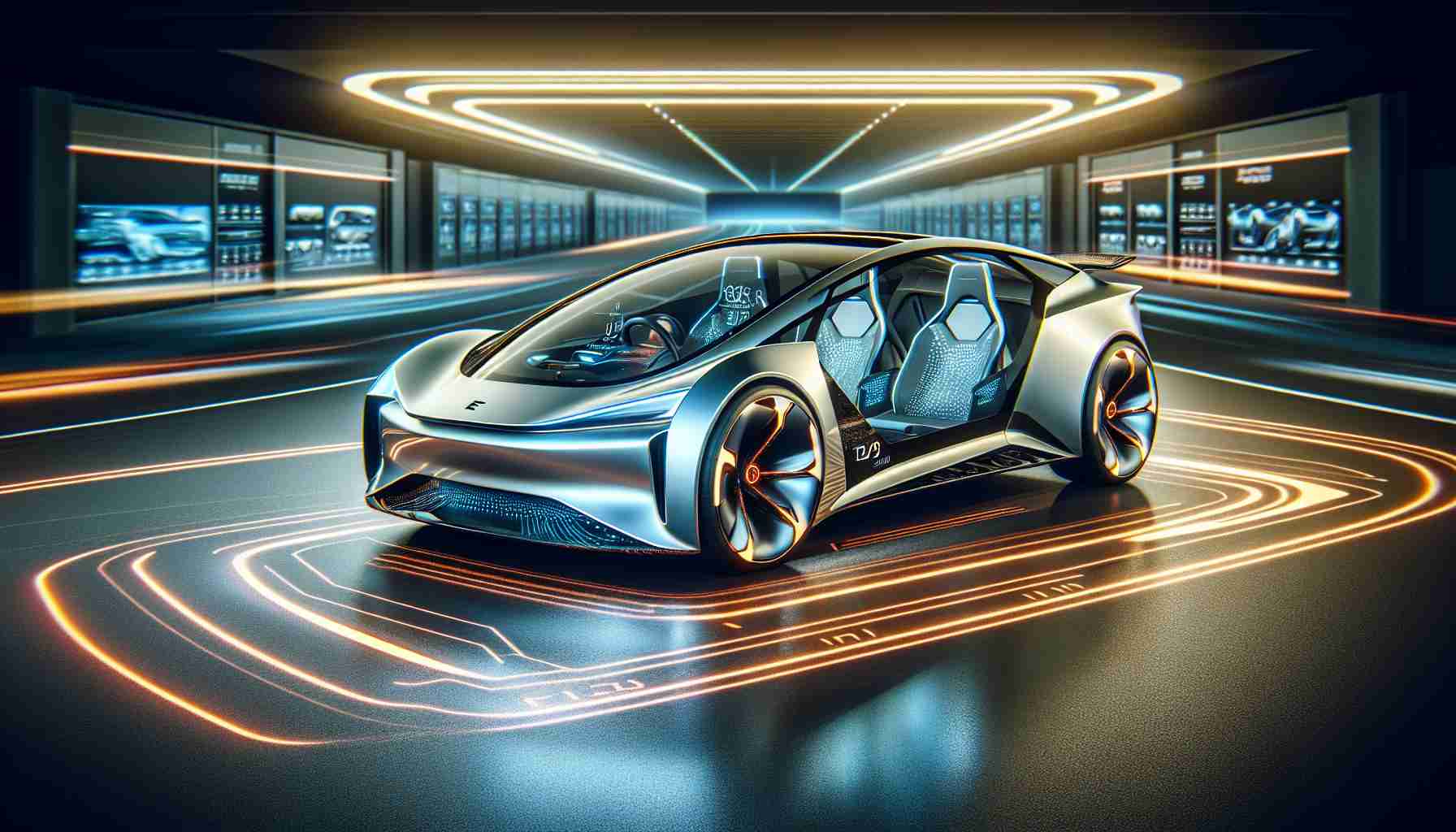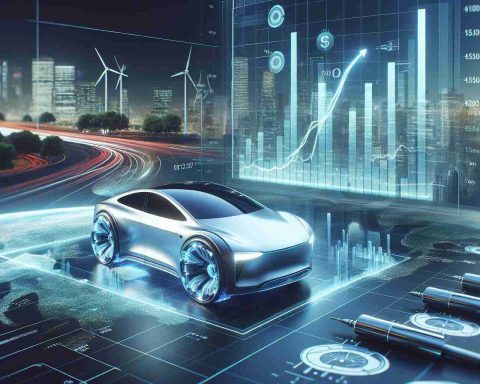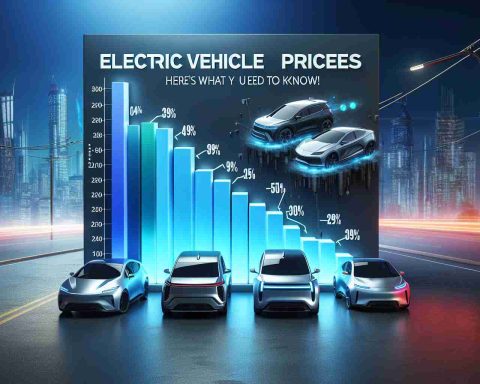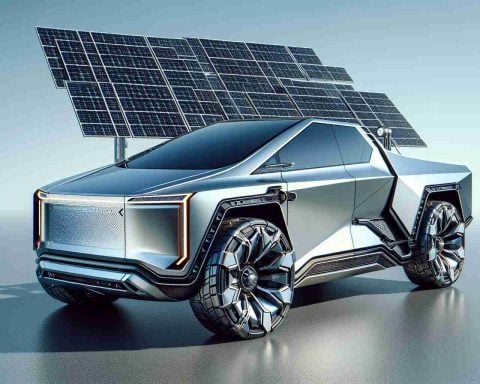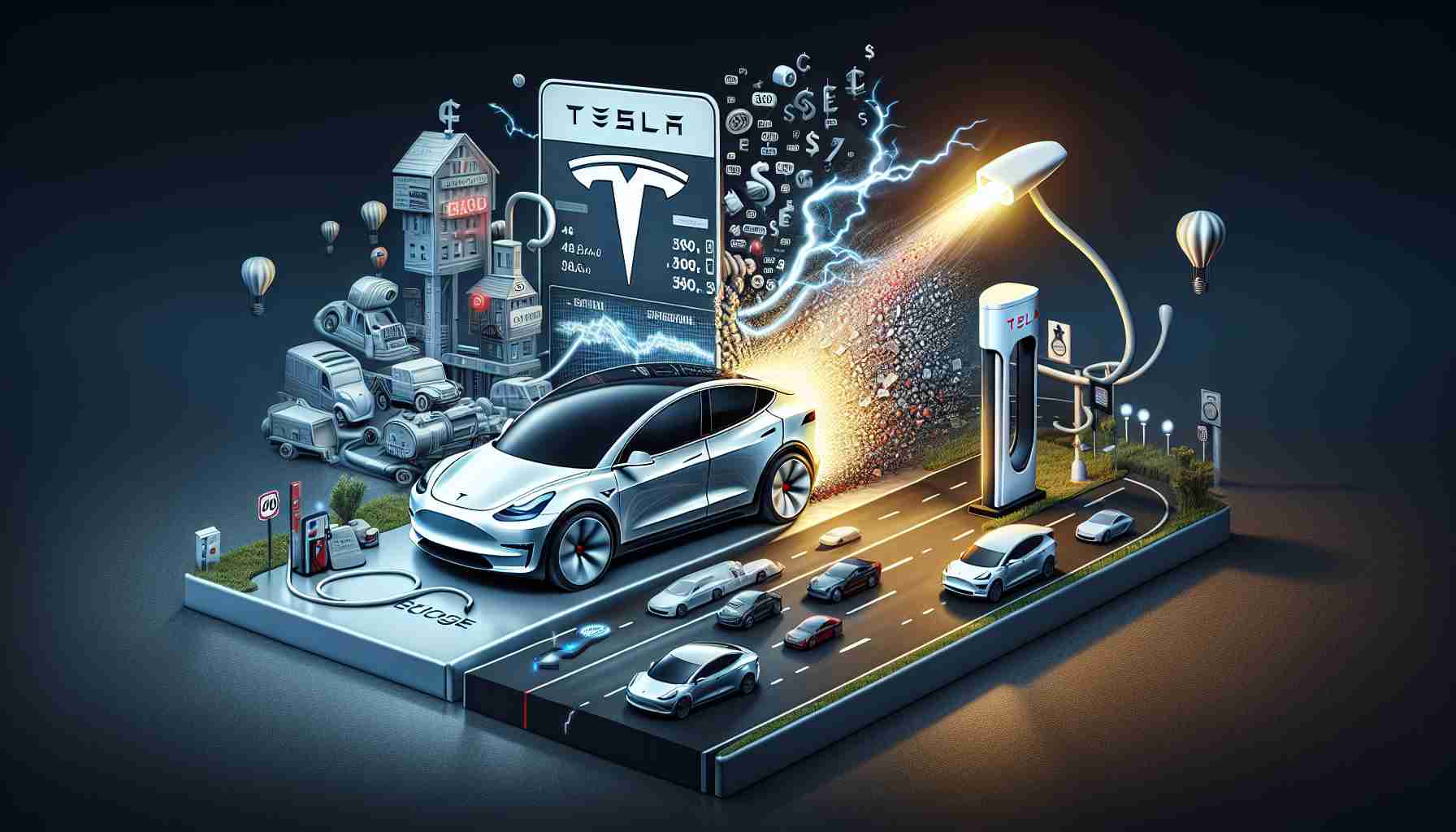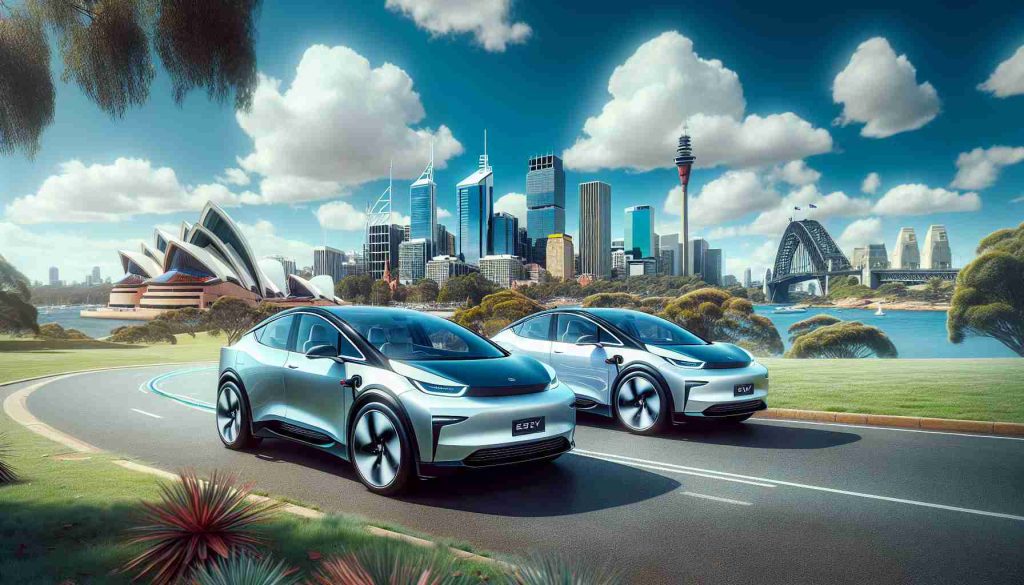- Accelerating the shift to electric vehicles (EVs) requires robust incentives to motivate consumers.
- New car registrations have declined, highlighting economic challenges and reduced consumer confidence.
- While EV registrations are up, they still fall short of expectations and face affordability hurdles.
- Rising production costs and lack of strong financial incentives hinder EV adoption.
- Vehicle Excise Duty changes, particularly high taxes on premium EVs, could discourage new buyers.
- Celebrating innovation in the industry is crucial; initiatives like the Drivers of Change awards recognise progress.
- Creating a clearer path to EV ownership with attractive incentives is essential for growth.
As electric vehicles (EVs) gain traction, the question remains: Are we doing enough to accelerate the shift? Mike Hawes, Chief Executive of the Society of Motor Manufacturers & Traders (SMMT), is sounding the alarm bells, urging for a robust package of incentives to nudge consumers toward electric cars and meet ambitious government targets.
Recent statistics reveal a troubling trend in the automotive landscape—new car registrations have dropped for four consecutive months, reflecting a tough economic climate and wavering consumer confidence. However, there’s a glimmer of hope; EV registrations have seen a surge compared to January 2024, yet they still lag behind expectations.
Affordability is a roadblock. With rising costs in EV production and battery technology, potential buyers are held back. As Hawes emphasises, the absence of strong fiscal incentives means manufacturers are slashing prices to make EVs palatable, but that’s not a sustainable solution.
New changes in Vehicle Excise Duty, particularly the daunting £3,110 tax on higher-end EVs, could further frustrate efforts to encourage adoption. This tax could deter prospective buyers, making the transition to cleaner vehicles feel less attainable.
Yet, it’s not all doom and gloom. SMMT celebrated innovation and diversity in the industry recently by hosting the inaugural Drivers of Change awards, which spotlighted leaders committed to progress. Barbara Bergmeier of JLR was honoured for her work in promoting talent and creativity.
The takeaway? To unleash the electric revolution, we need to inspire hopeful consumers with substantial incentives and a clearer, more appealing pathway to EV ownership. The time for change is now!
Will EV Adoption Soar or Stall? Discover Key Insights!
As electric vehicles (EVs) continue to carve out a significant space in the automotive market, several new factors are shaping their adoption and sustainability. The challenges are considerable, but so are the innovations and trends fueling growth in this area. Below are some important insights and relevant details that add depth to the discussion around electric vehicle adoption.
Key Trends in Electric Vehicles
1. Market Forecasts:
By 2030, it is estimated that EVs will make up approximately 30% of all car sales in major markets. This is driven by increased consumer awareness, advancements in battery technology, and a shift in governmental policies aimed at reducing carbon emissions.
2. Affordability and Incentives:
The cost of EVs is projected to decrease over the next five years due to improvements in battery technology and economies of scale. However, as highlighted, current Vehicle Excise Duty changes pose challenges, making incentives from governments critical for stimulating demand.
3. Sustainability Efforts:
Leading automakers are investing heavily in sustainable manufacturing processes. For instance, companies like Tesla and Ford are aiming for carbon-neutral production by 2035. This is coupled with more stringent recycling and battery sustainability initiatives.
Understanding the Market Shift: Key Questions
1. What are the major barriers to EV adoption?
The primary barriers include high upfront costs, limited charging infrastructure, and consumer concerns over range anxiety. With increasing price parity with traditional vehicles, the focus on expanding charging networks is essential to alleviate these fears.
2. How do current incentives impact consumer behaviour regarding EV purchases?
Strong fiscal incentives, such as rebates and tax credits, significantly enhance consumer interest and adoption rates. Studies suggest that EV purchases can increase by over 50% in regions where substantial incentives are offered compared to those without.
3. What new innovations are paving the way for EV improvements?
Innovations like solid-state batteries, which promise to offer higher energy densities, faster charging times, and greater safety, are capturing attention. Additionally, vehicle-to-grid technology allows EVs to serve as energy storage systems, supporting renewable energy integration.
Conclusion
The landscape for electric vehicles is vividly changing, marked by both challenges and opportunities. Insistent on pushing towards ambitious government targets, stakeholders at all levels must collaborate to promote substantial incentives and tackle consumer hesitance head-on to secure a robust EV future.
For more insights on the automotive industry, visit SMMT.
